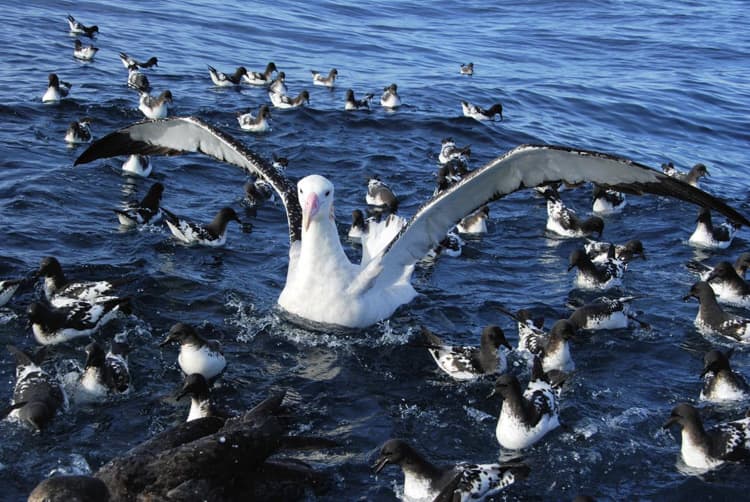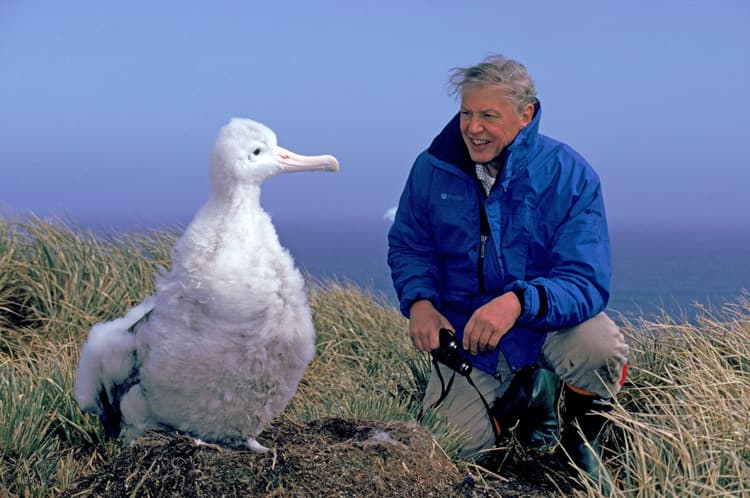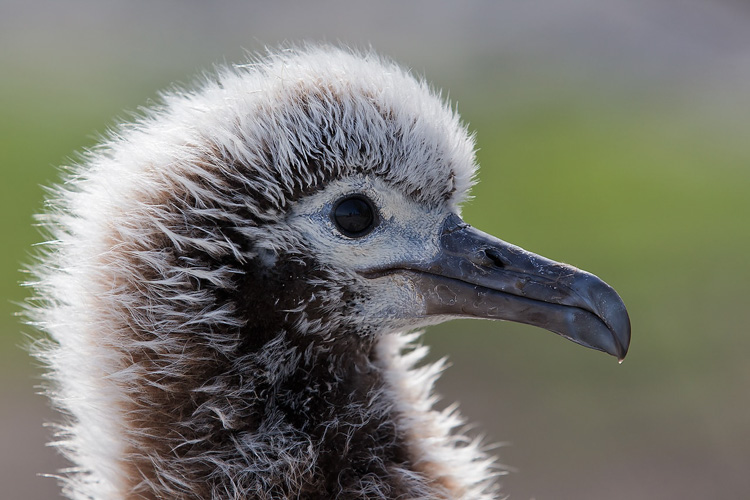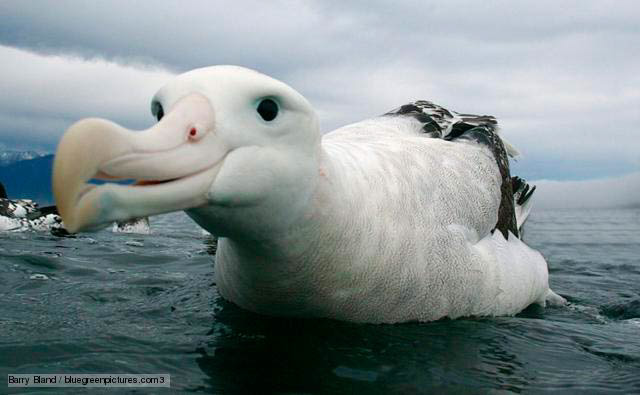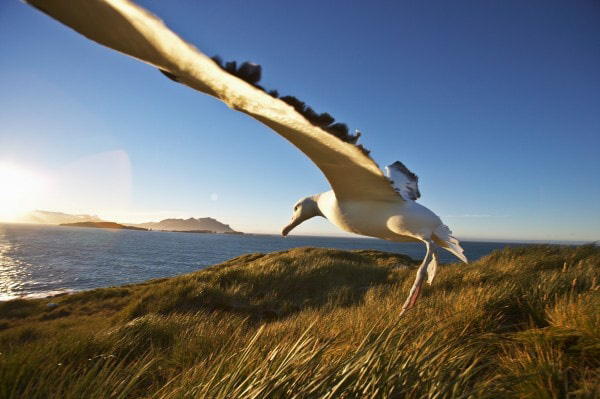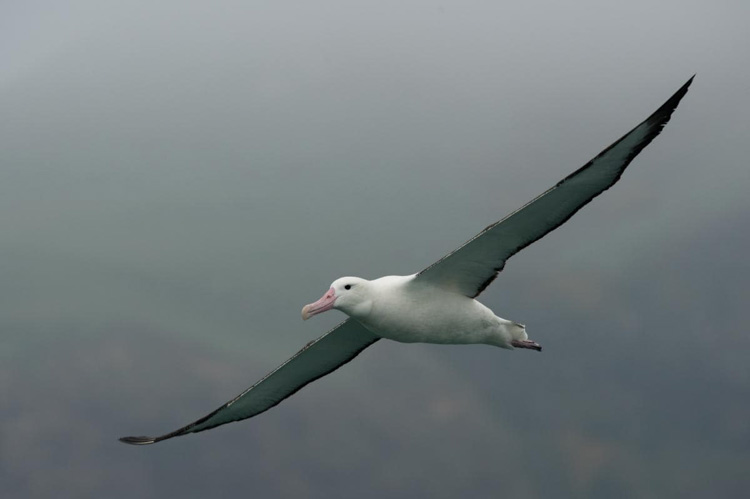Fact:
There are 21 different species of Albatross.
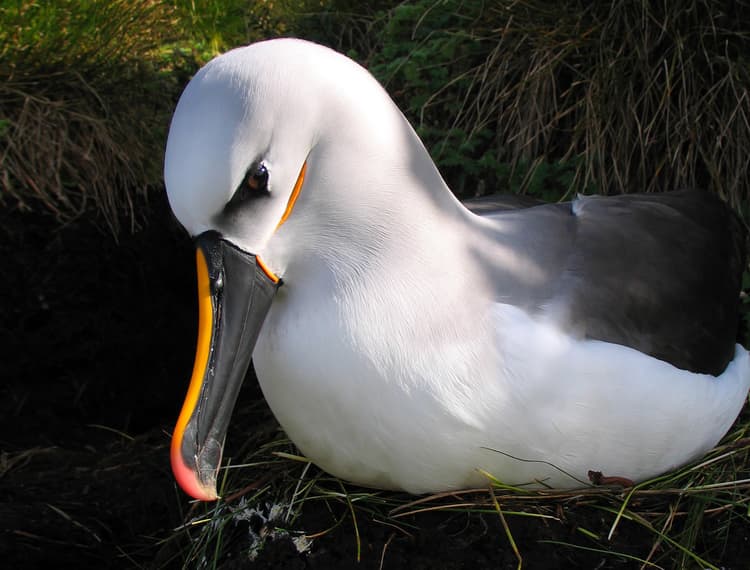
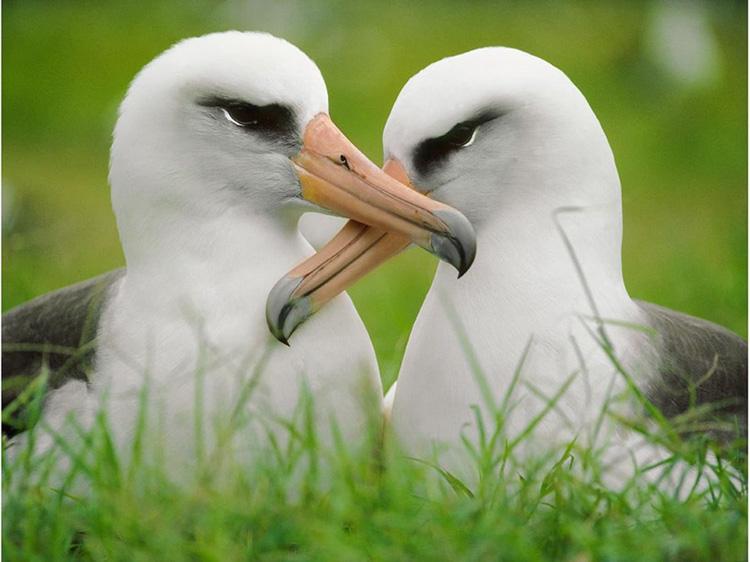
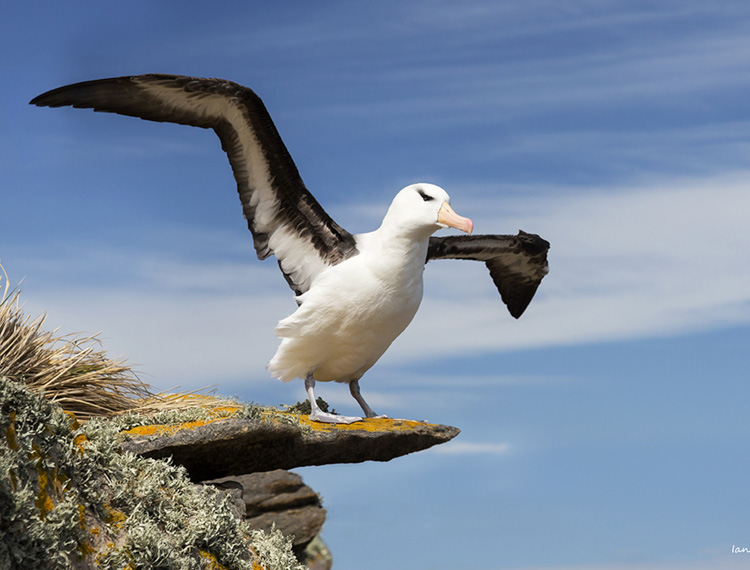
Fact Two:
The Wandering Albatross has a wing span of up to 11'.
That makes it the bird with the largest wing span on the planet. Just to put that into perspective, the tallest basketball player in the NBA is 7'7''.
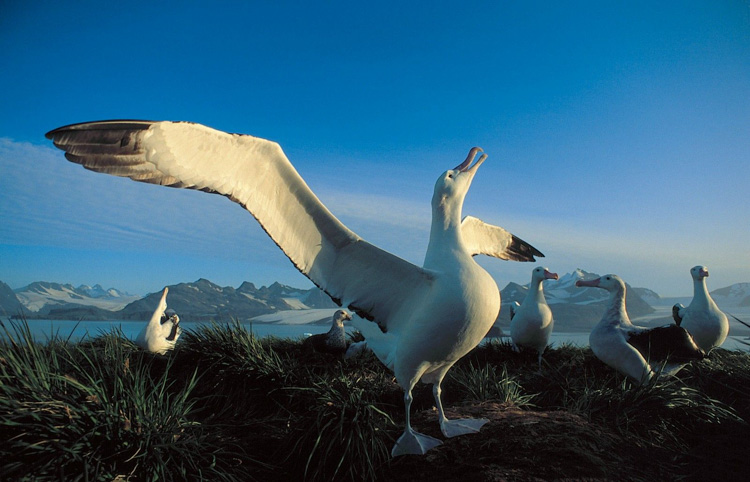
More Albatross Information
Swingers?
Sure, you probably knew the Albatross mates for life. But did you know they aren’t always monogamous? Both males and females “sleep around”. That doesn’t seem to affect the pair’s bond as they still stay committed and raise a chick together each breeding season. Pair bonds are not formed willy nilly; it can take over a year to raise an albatross chick, a serious commitment requiring a reliable partner.
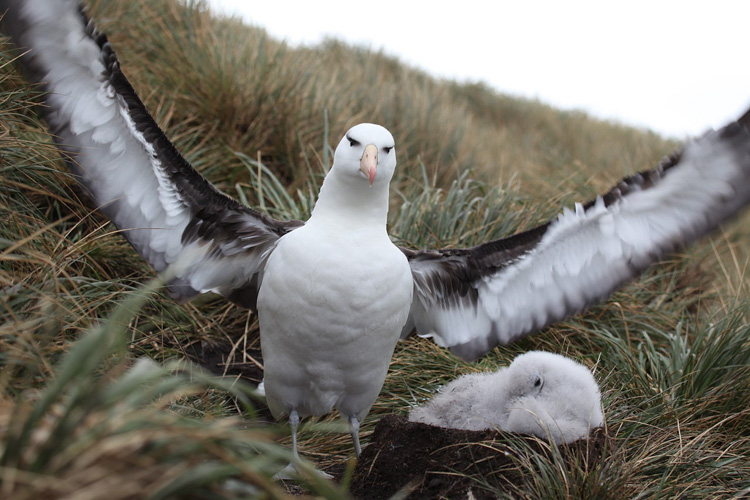

A Natural Born Dancer
When an albatross reaches sexual maturity, it will fly to a breeding colony, but not to mate. It’s going there to practice “dancing”. The young albatross will rehearse their moves for a few years, learning what works and what doesn’t. They are born knowing the right behaviors but they don’t know how to read or respond to other birds. It takes practice to get it right. Sound familiar?
True Romantics
After practicing for a few years, albatrosses will start to dance for fewer and fewer birds, eventually picking a single partner. Partners will then continue to practice together creating a dance that is totally unique to them. No other Albatross pair will dance the same.

Nesting Colonies
Albatrosses nest on remote islands, usually in exposed areas with good approaches from the sea. Some species of albatross like to nest under trees, some prefer dense colonies, and other species like widely spaced nests. Most albatrosses will usually return to the colony where they were born to nest.
There are a few accessible albatross nesting colonies. If you promise to follow all the rules and not disturb these super cool birds, we will tell you where you can go to visit one.
New ZealandGalapagos Islands
Albatross Problems
Humans
Guess who threatens Albatrosses?
Humans, of course. Overfishing has depleted food sources, and hooks from longline fishing are often ingested and drown the birds.
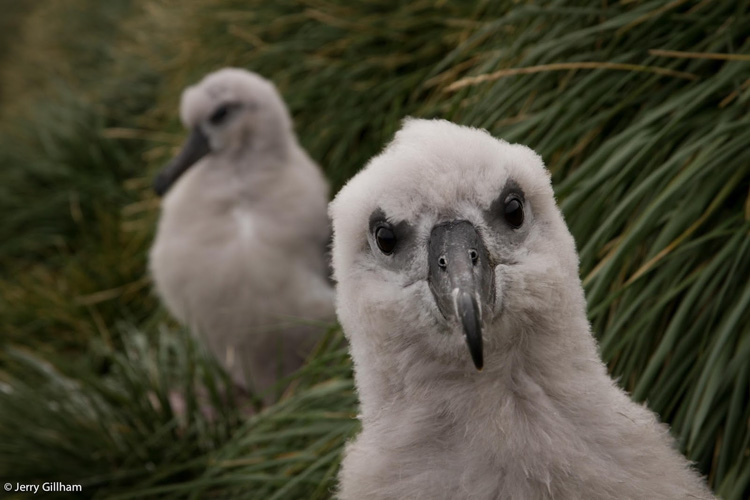
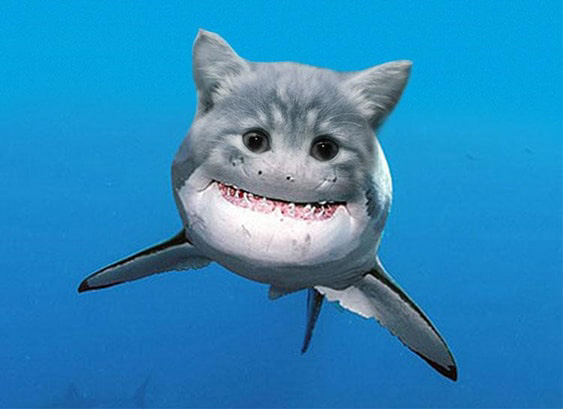
Sharks and Cats
Feral cats and rats are also a big problem for the albatross. They are introduced to the remote islands where albatrosses breed and will hunt the albatross chicks and destroy their eggs.
Tiger Sharks are another challenge for the albatross. They gather on the shores of the breeding colonies and prey on young birds who are just learning to fly. That’s right, two of the albatrosses biggest problems are cats and tiger sharks. What else brings sharks and cats together?
More Pictures of Albatrosses
Because they are cool and awesome.
